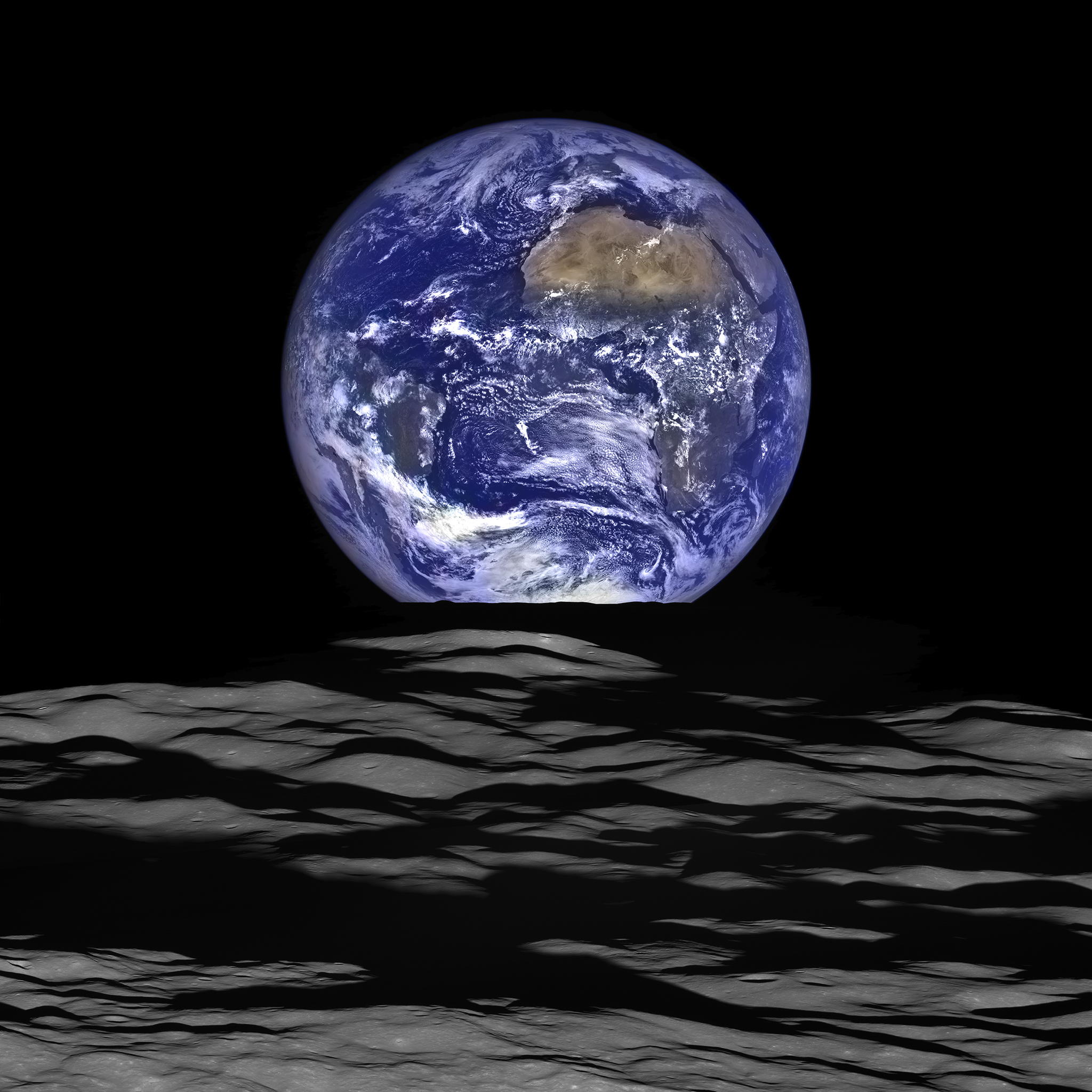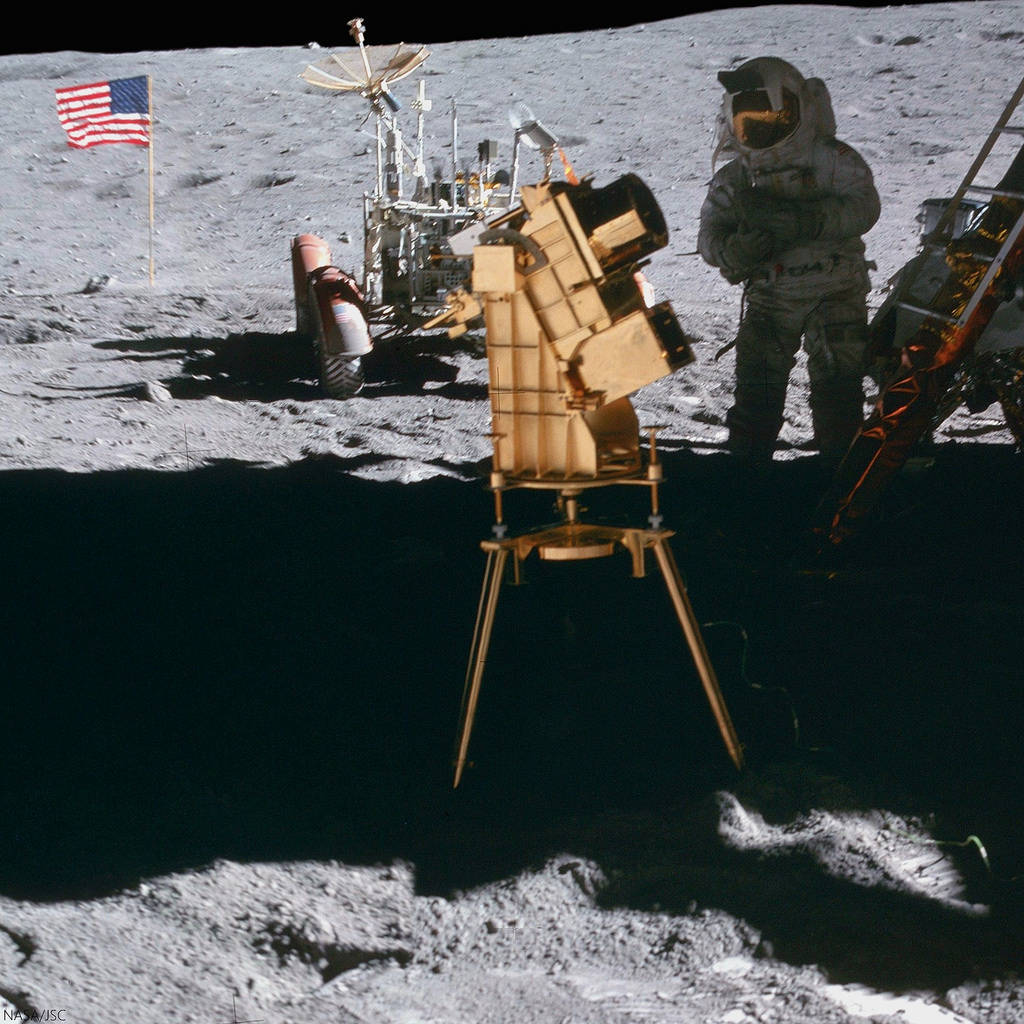Humanity has the potential to become the agency by which life from Earth radiates out into the cosmos – the rest of the Solar System and then the stars beyond. This is the most exciting role in the universe for us, the most optimistic future for our species. Far from a curse to life on Earth, we would become one of the most extraordinary chapters in the story of evolution, on a level with the first of the multi-cellular organisms, the fishes crawling onto land or the birds taking to the air.
That might be the lofty, inspiring vision but in the here and now, extending business into space seems to be of interest to several very rich citizens. Billionaire Elon Musk, of Tesla and SpaceX fame, is planning a large scale settlement on the red planet, Mars. Our sister world, the Moon, has been getting some attention as well with Amazon’s Jeff Bezos talking about building a base there and Virgin’s Richard Branson setting himself the long term goal of a lunar hotel.
 In his announcement about his plans for Mars, Musk listed advantages that the red planet has over our Moon. Yet it is clear that, as both a stepping stone to further exploration of space and a destination in its own right, Luna (another name for the Moon, which I prefer) has some very practical advantages. It is of course, much, much nearer than Mars. The Moon is about 384,000 km (239,000 miles) distant. At its nearest, Mars is 55 million km (34 million miles) away; that is around 143 times the distance to the Moon. As it circles the Sun in its own orbit, Mars spends a lot of time much further from Earth than that.
In his announcement about his plans for Mars, Musk listed advantages that the red planet has over our Moon. Yet it is clear that, as both a stepping stone to further exploration of space and a destination in its own right, Luna (another name for the Moon, which I prefer) has some very practical advantages. It is of course, much, much nearer than Mars. The Moon is about 384,000 km (239,000 miles) distant. At its nearest, Mars is 55 million km (34 million miles) away; that is around 143 times the distance to the Moon. As it circles the Sun in its own orbit, Mars spends a lot of time much further from Earth than that.
This nearness and the much lesser degree of variation in that distance makes the Moon enormously easier to get to than Mars. The last humans to walk on the Moon did so in Apollo 17 in December 1972 and so there is a lot of experience in getting out to lunar distance. In comparison, many of the robotic missions to Mars have failed to successfully reach their goal.
Lunar regolith, that is its soil, is known to contain many elements needed for space construction, life support and rocket propellant. Its top three elements are oxygen, silicon, and iron and it’s a useful resource for exploration deeper into space. The gravity on Luna’s surface is only one sixth of Earth’s and so launching into deeper space from there requires much less energy than from Earth. Luna makes an ideal staging post for missions into deeper space as a result.
As regolith can be a useful material in constructing structures in space, handily an efficient means exists to propel it from Luna to where it is needed. This is called a mass driver, which is essentially a large, electro-magnetically powered catapult. The mass driver is a large loop on Luna’s surface. Containers with a payload of regolith move round the loop at increasing speed, until the contents are fired into space and ultimately out beyond Luna’s gravity to the construction site.
This system has the potential to yield large quantities of material that can be used for building space borne facilities, including factories and much larger space habitats than the International Space Station. It is inconceivable that launches from Earth could ever provide the same quantities due to the far greater energy required to escape Earth’s gravity compared to the Moon. If a substantial human expansion into space is to take place, the mass driver is a key component in building the infrastructure required and is the most important reason why the development of the Moon should be a priority.
Water on the Moon will also provide a useful resource to visitors and settlers; not only for drinking and plant propagation but, after being split into hydrogen and oxygen, could help provide a breathable atmosphere and rocket fuel. This water has been detected in particular in the polar regions and may have been deposited by comets impacting the surface.
In the further future, another element found on the surface might be of use to explorers and settlers in providing power. To date, all practical forms of peaceful nuclear energy have been fission powered, that is releasing energy by breaking atoms apart. A more powerful and possibly less risky form is nuclear fusion, which, like the Sun, creates energy by fusing the centres, or nuclei, of atoms together.
A lot of excitement has been caused by the use of Helium-3 in nuclear fusion power plants as it has the potential to be a very efficient process. One drawback though is that Helium-3 is rather rare on the Earth’s surface. It turns out that it’s more common on Luna’s surface, as it has been embedded in the regolith by the solar wind over billions of years. Settlers might harvest Helium-3 from the regolith to power nuclear fusion generators that provide energy to their outpost.
 My last entry in this list of advantages is solar energy. Luna is on average the same distance from the Sun as Earth, but its atmosphere is so tenuous that it may as well be described as a vacuum. The solar energy hitting a panel on Luna would be more than that on Earth as a result. Mars on the other hand is further away from the Sun than either Earth or Luna and so the solar energy it receives is rather less.
My last entry in this list of advantages is solar energy. Luna is on average the same distance from the Sun as Earth, but its atmosphere is so tenuous that it may as well be described as a vacuum. The solar energy hitting a panel on Luna would be more than that on Earth as a result. Mars on the other hand is further away from the Sun than either Earth or Luna and so the solar energy it receives is rather less.
Admittedly, Luna’s day of slightly more than 27 Earth days means that for long periods of time, a given hectare of the lunar surface will be in darkness. Solar power satellites can be placed in lunar orbit and they would transmit the power between them to where it was needed.
There are certain mountains on Luna’s surface that receive sunlight on an almost constant basis. These areas, referred to rather poetically as peaks of eternal light, would be particularly useful to settlers as they could supply virtually uninterrupted solar energy.
Luna is well placed and constituted to act as an initial resource for much greater levels of human expansion beyond Earth. Drawing on the heroically won experience of the Apollo missions, we can learn so much from going there and developing lunar bases and ultimately settlements. There will be invaluable lessons for further exploration deeper into space including, in time, Mars. Human missions to the red planet will be strengthened and emboldened by this, ensuring that the long-term settlement of Mars has a much greater chance of success.
